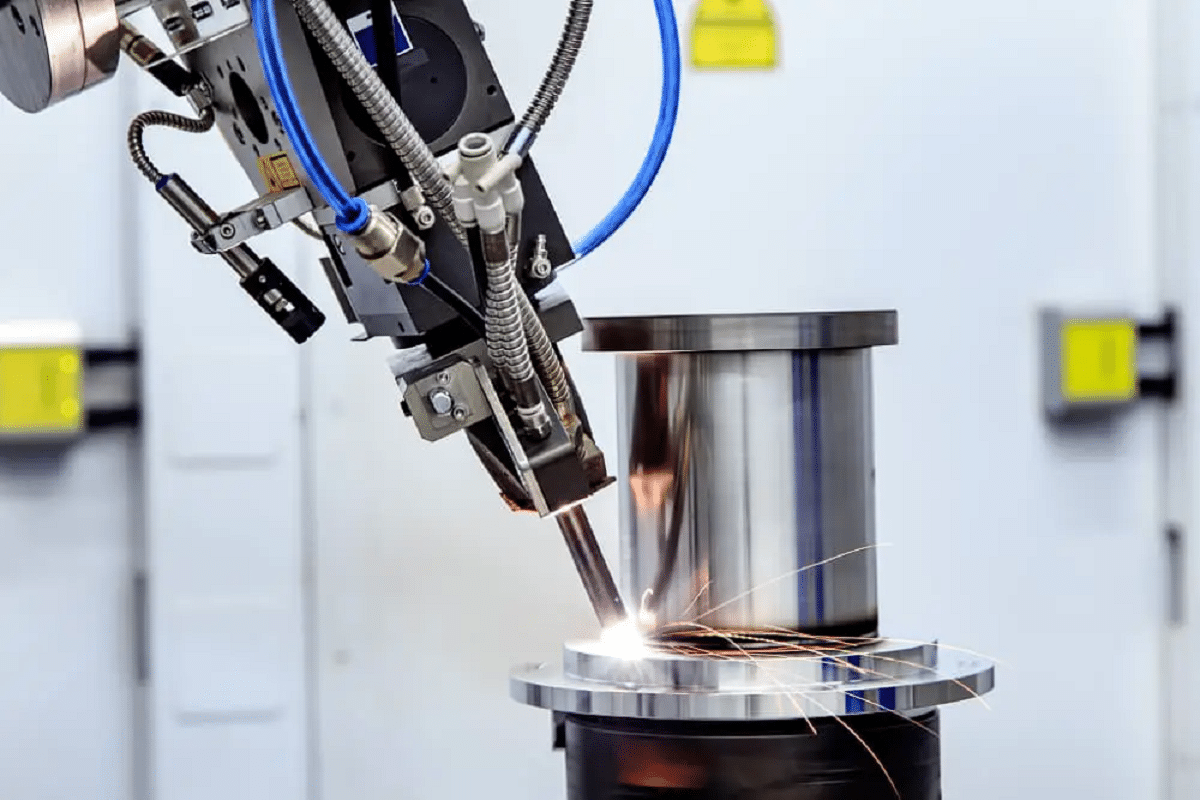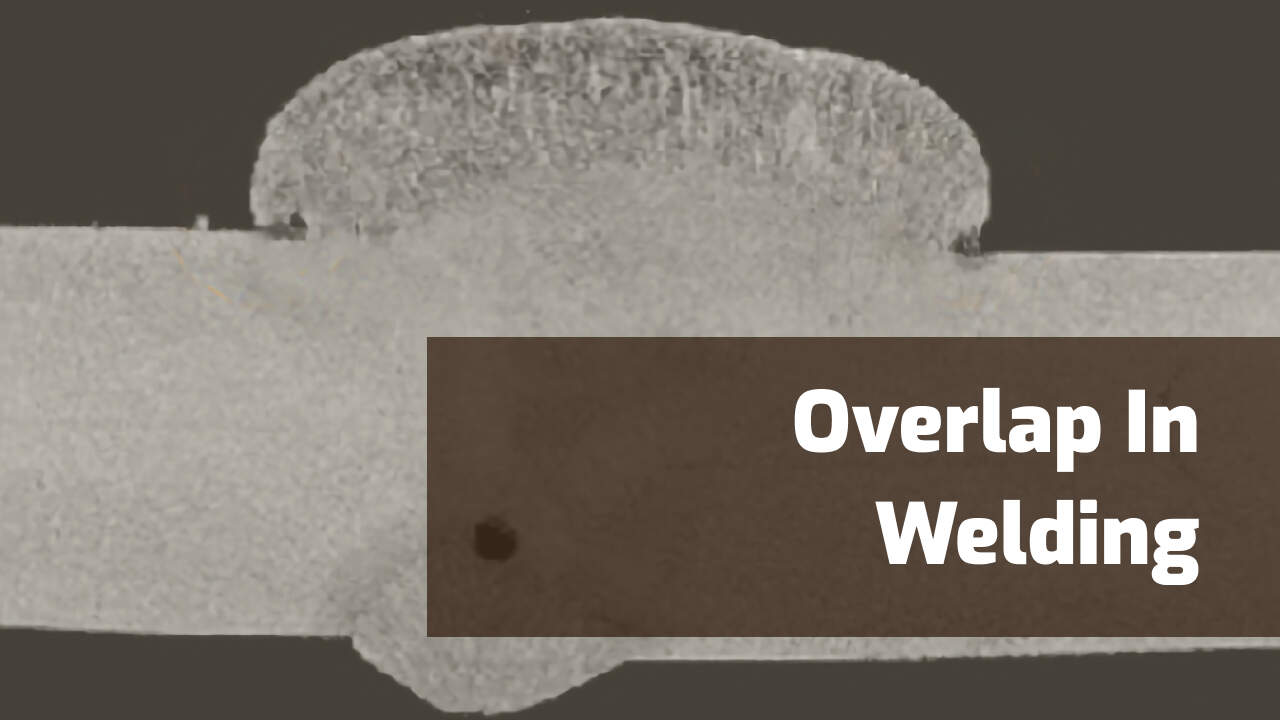Your Total Handbook to Preventing Weld Undercut Like a Pro
Your Total Handbook to Preventing Weld Undercut Like a Pro
Blog Article
Grasping the Art of Welding: Exactly How to Stay Clear Of Undercut Welding Issues for Flawless Manufacture Results
Efficiency and accuracy are vital in the globe of welding, where even the smallest blemish can endanger the structural honesty of a made item. One common challenge that welders face is damaging, a flaw that can compromise a weld joint and lead to pricey rework. By recognizing the source of undercut welding and carrying out reliable techniques to avoid it, welders can raise their craft to brand-new levels of quality (Preventing weld undercut). In the pursuit of remarkable construction outcomes, mastering the art of welding to prevent undercut concerns is not simply an ability yet a necessity for those pursuing excellence in their job.
Understanding Undercut Welding

To stop undercut welding, welders need to make certain proper welding parameters, such as adjusting the present, voltage, traveling rate, and preserving the right electrode angle. Furthermore, making use of the appropriate welding strategy for the certain joint arrangement is vital. Using weaving motions or backstepping techniques can assist make certain appropriate weld metal deposition and lower the chance of undercut formation. Normal examination of welds throughout and after the welding process is additionally critical to capture any undercut very early and make required adjustments to avoid further flaws. Preventing weld undercut. By understanding the reasons for undercut welding and carrying out preventive actions, welders can attain premium, structurally sound welds.
Reasons For Undercut in Welding
Recognizing the factors that add to undercut in welding is crucial for welders to create top notch, structurally audio welds. Undercutting occurs when the weld steel does not appropriately fill up the groove formed in between the base metal and the previously transferred weld steel. Several variables can cause damage in welding. One common reason is too much heat input. Welding at high temperatures for extensive periods can cause the base metal thawing greater than wanted, resulting in undercut. Poor welding wrong or current welding speed can additionally add to damage. Inadequate current may not supply adequate warmth to melt the base and filler metals sufficiently, while extreme rate can prevent correct fusion, causing undercut. In addition, incorrect electrode angles or wrong torch control strategies can create locations of low weld steel deposition, advertising go to these guys undercut. Understanding these causes and implementing appropriate welding methods can assist stop undercutting problems, making certain solid and long lasting welds.
Strategies to avoid Undercutting

To alleviate the risk of damaging in welding, welders can employ strategic welding techniques intended at enhancing the top quality and integrity of the weld joints. Additionally, making use of the right welding strategy for the certain joint configuration, such as weave or stringer grains, can add to pop over to this site reducing undercutting.
In addition, appropriate joint prep work, including making certain clean base materials without contaminants and utilizing the proper welding consumables, is essential in protecting against undercut defects. Utilizing back-step welding techniques and regulating the weld bead profile can likewise aid distribute heat equally and reduce the danger of undercut. Routine examination of the weld joint throughout and after welding, as well as applying quality control measures, can assist in resolving and spotting undercutting issues without delay. By carrying out these techniques vigilantly, welders can accomplish flawless fabrication results with minimal undercut defects.
Significance of Correct Welding Criteria
Picking and keeping proper welding criteria is vital for attaining successful welds with very little issues. Welding criteria describe variables such as voltage, present, travel speed, electrode angle, and securing gas circulation rate that directly affect the welding procedure. These specifications should be carefully changed based upon the kind of product being bonded, its density, and the welding technique used.
Appropriate welding specifications ensure the right quantity of warm is applied to thaw the base steels and filler product evenly. If the specifications are set also high, it can result in excessive warmth input, causing spatter, burn-through, or distortion. On the various other hand, if the criteria are too reduced, incomplete combination, lack of address penetration, or damaging might take place.
Quality Control in Welding Procedures

Final Thought
In final thought, grasping the art of welding calls for a detailed understanding of undercut welding, its causes, and strategies to prevent it. By making sure proper welding parameters and applying quality control techniques, flawless construction results can be attained. It is important for welders to consistently make every effort for quality in their welding operations to stay clear of undercut problems and generate top notch welds.
Undercut welding, a common problem in welding processes, takes place when the weld metal does not properly fill up the groove and leaves a groove or depression along the welded joint.To stop undercut welding, welders ought to make certain appropriate welding criteria, such as changing the existing, voltage, traveling rate, and preserving the appropriate electrode angle. Poor welding incorrect or current welding rate can also contribute to undercut.To alleviate the threat of damaging in welding, welders can use tactical welding techniques aimed at improving the quality and integrity of the weld joints.In conclusion, mastering the art of welding calls for a complete understanding of undercut welding, its causes, and strategies to stop it.
Report this page